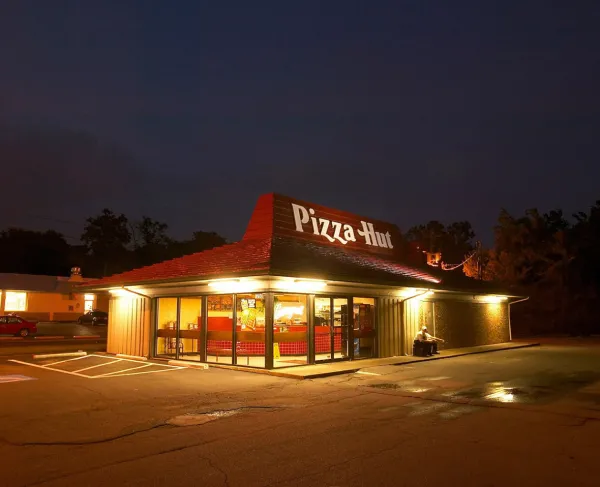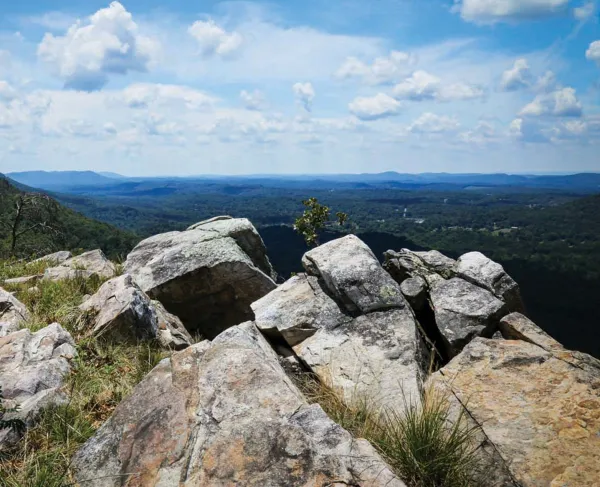Preserving the Land Where Black Soldiers Fought
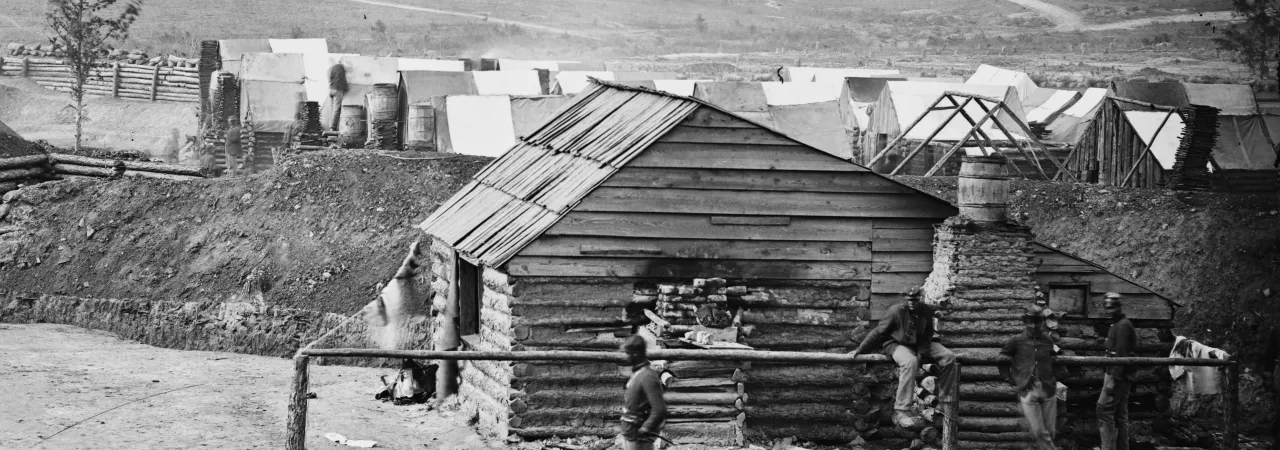
The Trust has already preserved thousands of acres of hallowed ground associated with battlefields integral to the African American military experience, from the plains of Oklahoma to the shores of South Carolina. The stories of courage and bravery surrounding America’s first century of fighting are not limited by color or creed, and the Trust remains committed to preserving and interpreting sites where underrepresented black soldiers fought for the growth and unity of a nation — as well as their freedom.
In the War for Independence…
Lexington, Mass. 1 acre.
When the King’s troops marched into the small town of Lexington at approximately 5:00am on April 19, 1775, a small company of militia was waiting to greet them. The two sides engaged, killing seven militiamen and wounding others. Of those wounded was Prince Estabrook, an enslaved black man and Minuteman Private.
Brandywine, Pa. 116 acres.
One of the largest battles of the American Revolution where George Washington kept his army intact but ultimately lost the American capital at Philadelphia. One of the lesser-known heroes of the battle was a black wagoner in the 3rd Pennsylvania Artillery named Edward Hector, who refused to abandon his wagon and retrieved a great deal of ammunition and arms before safely evacuating.
Saratoga, N.Y. 26 acres.
The American victory that turned the tide of the war and led to French intervention. 400 black men at Saratoga fought shoulder to shoulder with white soldiers in an integrated United States Army.

Camden, S.C. 294 acres.
A devastating American defeat during the Revolution’s Southern Campaign, that pitted poorly equipped and inexperienced soldiers against some of Britain’s best. Among those Patriots in battle were a handful of black men from South Carolina.
Eutaw Springs, S.C. 14 acres.
The last major battle in the South during the American Revolution, at which the perseverance of the British and the intense summer heat took a toll on Patriot forces. A free black man named Jim Capers, serving under Francis Marion, showed extreme grit when wounded four times during the struggle.
Yorktown, Va. 49 acres.
Black soldiers in the veteran Rhode Island Regiment participated in the Patriots’ critical assault on Redoubt 10, which turned the tide of the siege and witnessed the British surrender.
Preserving the Union…
Port Hudson, La. 256 acres.
USCT soldiers, including the 1st and 3rd Louisiana Native Guards, were vital participants in the long siege on Port Hudson in 1863. Their courage under fire began to chip away at prejudices within the army — and the public — that maintained black troops were not reliable in combat.

Morris Island, S.C. 117 acres.
Site of the charge of the 54th Massachusetts Infantry against Fort Wagner, depicted in the film Glory. The 54th Massachusetts played a crucial combat role, proving to skeptics that African American soldiers would fight bravely if given the chance.
New Market Heights, Va. 88 acres.
In this late September 1864 battle, USCTs displayed heroism above and beyond the call of duty — valor that earned 14 of them our nation’s highest military decoration, the Medal of Honor. Their number represents more than half of all the African Americans so recognized during the entire war.
Siege of Richmond and Petersburg, Va. 703 acres.
USCT soldiers were engaged in many elements of the nine-month siege, notably the Battle of the Crater and Second Deep Bottom.
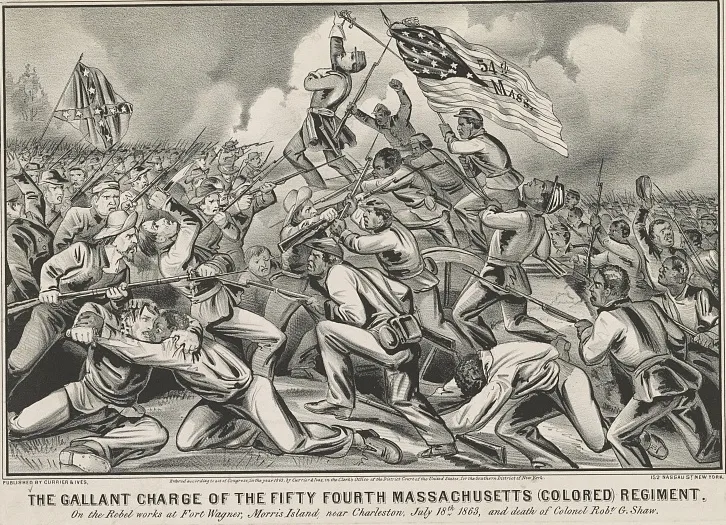
Cabin Creek, Okla. 88 acres.
Of the two Civil War battles fought here, the July 1863 battle was one of the first battles in which African Americans fought as a unit west of the Mississippi River.
Honey Springs, Okla. 84 acres.
The Battle of Honey Springs was the first large-scale battle involving African American, Native American, Hispanic and white troops. The First Kansas Colored Infantry ultimately secured the federal victory.
Fort Blakeley, Ala. 126 acres.
In less than 30 minutes the Confederate Fort Blakeley was overrun by Union troops, including 5,000 USCT soldiers, ranking among the heaviest concentrations of USCTs who participated in any one battle during the Civil War.
Prairie D’Ane, Ark. 811 acres.
To obtain needed supplies, Union forces pushed toward Camden, Ark. Along the way, however, they found their adversaries digging in on their direct path to Washington, and a Federal attack was launched soon after. Victorious, the Union forces included two recently raised regiments of USCTs from Kansas.
Natural Bridge, Fla. 110 acres.
The second largest Civil War battle in Florida, it prevented the Union from capturing the Florida capital and made Tallahassee the only Confederate capital east of the Mississippi River not to be captured by Union forces during the war. It was soldiers from the 2nd and 99th USCTs that valiantly stormed across the bridge to begin the Union attack.
Camp Nelson, Ky. 380 acres.*
Originally established as a Union army supply depot and hospital, Camp Nelson was one of the biggest recruitment and training centers for Black soldiers during the Civil War, and also served as a refugee camp for their families.
*The American Battlefield Trust and the National Park Foundation helped facilitate the 380-acre donation of the site — previously known as Camp Nelson Civil War Heritage Park, a National Historic Landmark near Nicholasville in central Kentucky — to the National Park Service. It now goes by the name of Camp Nelson National Monument.
Brice’s Cross Roads, Miss. 1,459 acres.
Although a tactical Confederate victory, the 55th and 59th USCTs bravely took on the pursuing Confederate cavalry in the wake of Union Brig. Gen. Samuel Sturgis’ retreat, preventing a route and allowing the Federal force to remain relatively intact.
Tupelo, Miss. 12 acres.
In July of 1864, Union forces — including the 61st and 68th USCTs — ensured the safety of Sherman’s supply lines (supporting the Atlanta Campaign) by repulsing a number of Confederate assaults near Tupelo.
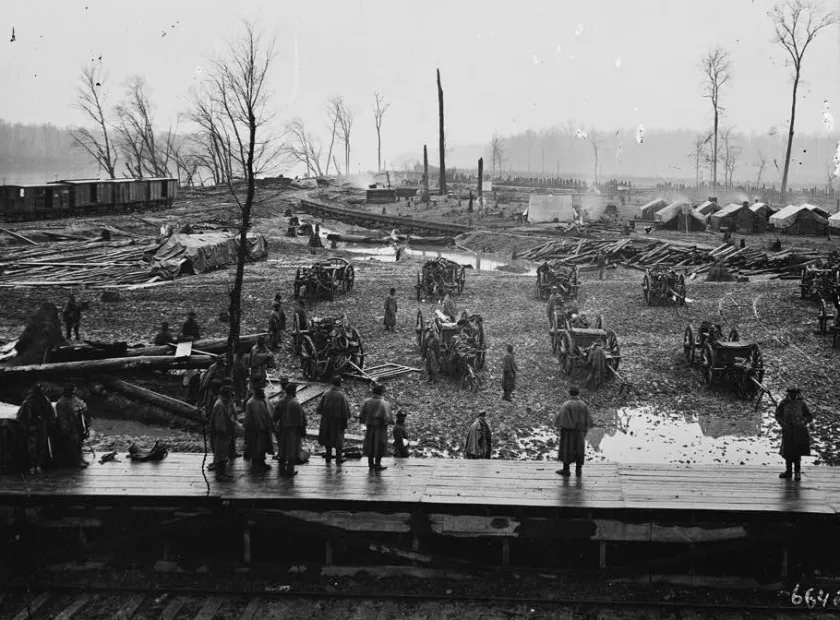
Johnsonville, Tenn. 19 acres.
A heavily fortified, major Federal supply depot on the Tennessee River, Johnsonville became the target of a Confederate attack led by Maj. Gen. Nathan Bedford Forrest. Providing infantry support at the depot, the 12th, 13th, and 100th USCT regiments were present. Despite Union bravery to defend, $2.2 million worth of Union materials were lost or damaged.
Palmito Ranch, Texas. 3 acres.
Taking place more than a month after the surrender at Appomattox Court House, this struggle along the banks of the Rio Grande was fought amidst a Union initiative to attack Confederate outposts and camps. Members of the 62nd USCT were active in the fighting and, along with their fellow Union soldiers, were ultimately overwhelmed by enemy artillery.
Spotsylvania Court House, Va. 5 acres.
An inconclusive battle fought over the course of several days in May of 1864, this was the first time USCTs were involved in combat in Virginia.
Saltville, Va. 107 acres.
Attempting to destroy the Confederate saltworks near Saltville in southwest Virginia, Union forces — including the 5th U.S. Colored Cavalry — suffered a bitter loss after Confederate reinforcements multiplied throughout the day. Afterwards, Confederate soldiers atrociously murdered as many as 50 captured black soldiers. For that offense and others, their leader Champ Ferguson was tried, found guilty, and executed after the war.
Appomattox Court House, Va. 512 acres.
On the morning of April 9, 1865, USCTs in the Army of the James helped repulse the Confederate attack, eliminating any chance of escape and opening the door to Lee’s surrender.
